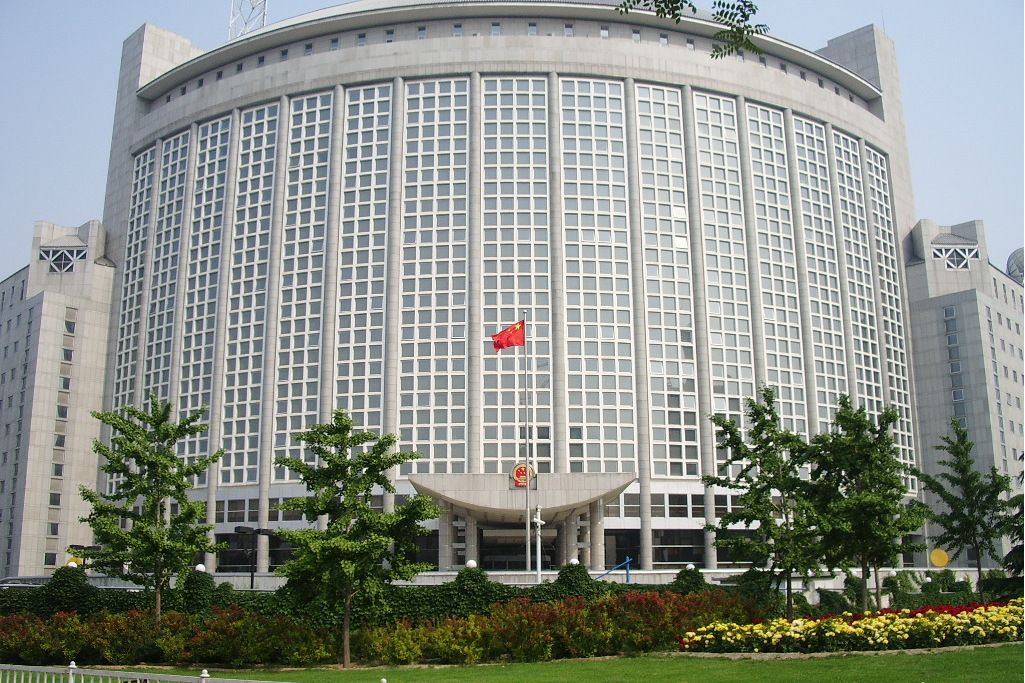
On 21 Feb. 2023, China’s Supreme People’s Court (SPC) issued the “Judicial Reform of Chinese Courts (2013—2022)” (中国法院的司法改革(2013—2022)) in both Chinese and English.
The White Paper introduces the achievements of two rounds of judicial reform carried out by the SPC over the past decade. The summary is as follows.
Early in the 1990s, China’s courts started the reforms focusing on enhancing court trial proceedings, expanding trial openness, and advancing the professionalization of court personnel.
Since the 15th National Congress of the CPC, the SPC has initiated a series of reforms including but not limited to the organization of courts, the role of judges, litigation procedures, court processes, enforcement mechanism, and court management. Three corresponding “Frameworks of Five-year Judicial Reform for People’s Courts” were enacted respectively in 1999, 2005, and 2009, periodically serving as the basis of China’s court reforms before 2013.
In order to steadily implement the reform of people’s courts, in 2014, the SPC promulgated the Guidelines on Comprehensively Deepening the Reform of People’s Courts. The Guidelines, which served as the Framework of the Fourth Five-year Judicial Reform for People’s Courts, 2014—2018, circulated the overarching target of establishing the operating system of judicial power under Socialism with Chinese characteristics and focused on 7 major areas, putting forward 65 reform measures.
In 2019, the SPC formulated the Guidelines on Deepening the Comprehensive Integrated Reform for the Judicial System of the People’s Courts, which served as the Framework of the Fifth Five-year Judicial Reform for People’s Courts, 2019—2023. The Framework proposed to establish 10 major system transformations including upholding the leadership of the Party, serving the overall interests, and building people-centered litigation service, etc.
Up to present, 130 reform measures and more than 220 reform targets prescribed in the Fourth and Fifth Five-year Reform Framework have been substantially accomplished.
Cover Photo by 李大毛 没有猫 on Unsplash
Contributors: CJO Staff Contributors Team






